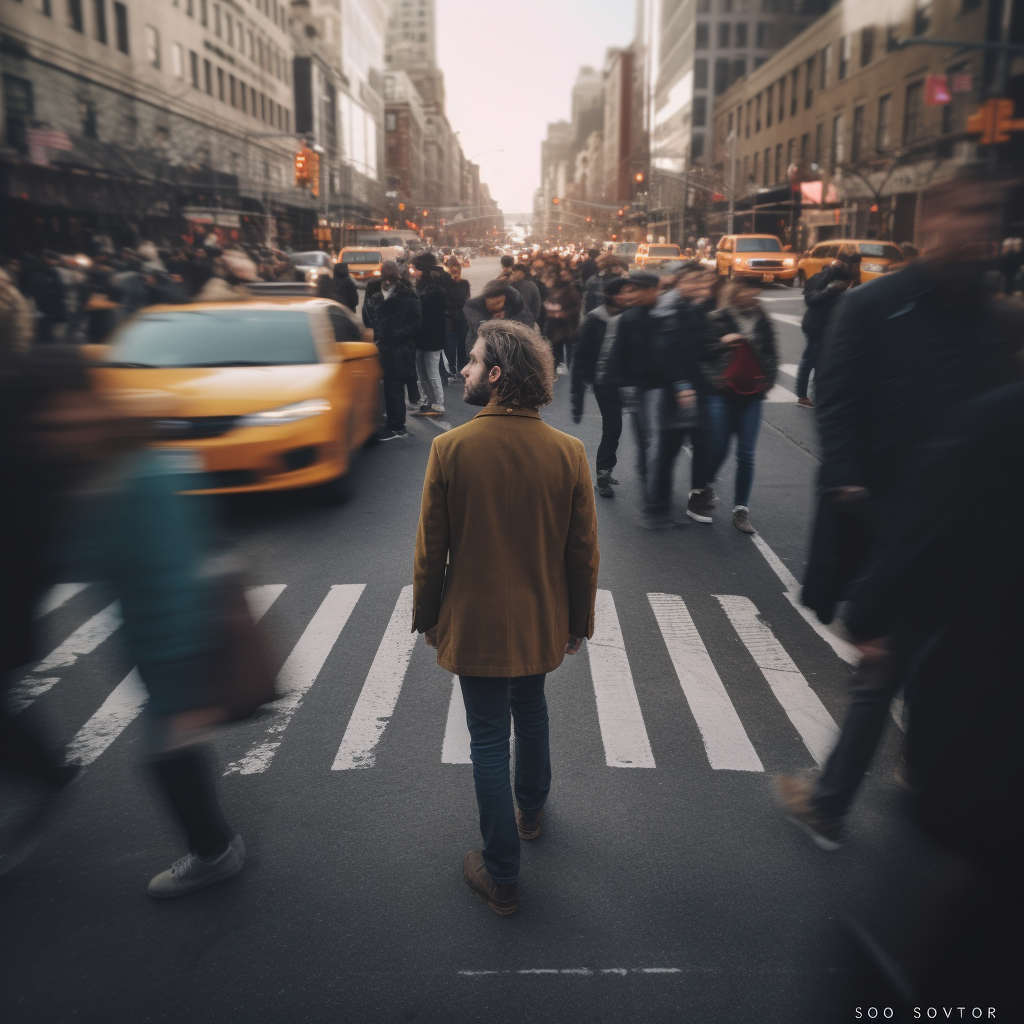Artificial intelligence is becoming a bigger and bigger part of the U.S. transportation landscape. Beyond headline-grabbing crashes with driverless cars, though, some advocates may not realize how else this rapidly-emerging technology is shaping their streets right now — and how it might be used in the future.
On this episode of The Brake, we sit down with Renee Autumn Ray of Hayden AI to talk about her recent Eno Center report, "Understanding AI & Transportation," which unpacks the concept of machine learning and its many applications for cities, transit agencies, and more. And along the way, we explore some of the pitfalls of over-relying on AI, as well as how transportation leaders can best use it "as a tool to help humans do their jobs" — whether that's analyzing crash data to identify interventions to save lives, spotting and ticketing bus lane blockers, or just helping advocates illustrate what a human-centered street might look like.
The following excerpt (which, yes, was transcribed with the aid of artificial intelligence) has been edited for clarity and length.
Kea Wilson: So I guess maybe I just want to start with the really big messy question, which is: what is AI? What is this technology? And how should sustainable transportation advocates be thinking about it? What do you want them to know about it?
Renee Autumn Ray: One thing that was helpful for me to learn is that, basically, there's no good definition for artificial intelligence, because it's changing all the time as the technology changes. And so it becomes a very large, almost vague umbrella, that a lot of folks try to fit their ideas, their solutions, whatever they're trying to sell you or their hopes for how technology can be useful underneath that umbrella. I'd say that's the main thing.
But the classic definition is that artificial intelligence will do something that a human either couldn't do, or wouldn't choose to do, or is impossible to do, because it's such a large number of tasks, or such a challenging amount of computation. That's sort of the classic definition.
KW: So as we start applying this to transportation, where is AI showing up in the transportation realm right now? And where might it show up down the road? I'm curious what applications really stand out to you as examples.
RAR: The famous example is a lot of the technology that goes into autonomous vehicles. There's been a lot of money poured into that over the past 10 to 15 years. But I think what's actually more interesting is how you can take some of those investments and apply them in new ways.
One thing that surprised me when I was writing this report is that there's a lot of artificial intelligence that's being used for things like Amazon making recommendations to you while you're shopping, or Netflix recommending new new [shows and movies] to you. But within government=focused products, it's a little more nuanced, a little more nascent.
So for instance, I'm moderating a panel on AI and transportation in January, for the Transportation Research Board. And I probably asked at least half a dozen people to speak on the panel, because I knew their work. And I thought they were working on AI. And they said, "We're not actually using AI yet," or, "We have some ideas about how we might want to use it, but we're not really doing it yet." So a lot of the examples that I put in the paper that was published with Eno Center was more for proposals that either government agencies or companies are working towards, but that aren't actually on the street today. So that, frankly, was a surprise, [especially] as someone who works for a company that does use AI, and is using it on behalf of a couple of different transit agencies in the U.S.
KW: What are the barriers to governments using AI in some of these more innovative applications that we're going to talk about? I'm thinking about things like automated enforcement with AI — I know your day job is with Hayden AI, and we've we've written some articles about uses of things [you've done] like bus arm cameras on school buses, and bus lane blocking cameras, and things like that. Those are applications of AI that really come to mind outside of the autonomous car realm. Do you all face barriers when you are proposing that to governments? And if so, why?
RAR: Just in general, I think technology — but AI in particular — can present a challenge to government, because there's a higher level of accountability and oversight when you're at a public agency than there is when you're at a private company.
So, you know, if I'm shopping on Amazon, I don't feel [like I have] a right to know the ins and outs of how Amazon has developed a shopping recommendation. But you know, as a taxpayer, if I'm entrusting the government with, particular information for the public good, I'm going to be more interested in [questions like], what technology are you using to conduct your operations? Is there enough transparency to guarantee that you're upholding the rights of folks that you're acting on behalf of?
And a lot of what I think this comes down to is that you want to keep a human in the loop. So when you think about working in a government agency and using technology, I think what works pretty successfully is when you use [AI] as a tool that helps you do your job – and maybe your job changes in some ways, but you still have the responsibility for the work that you're executing. You're not handing off responsibility to technology that you don't fully understand. I think that's probably the easiest and most powerful way to think of it.





